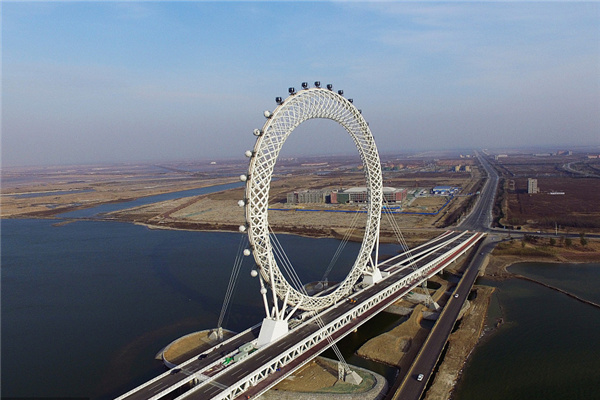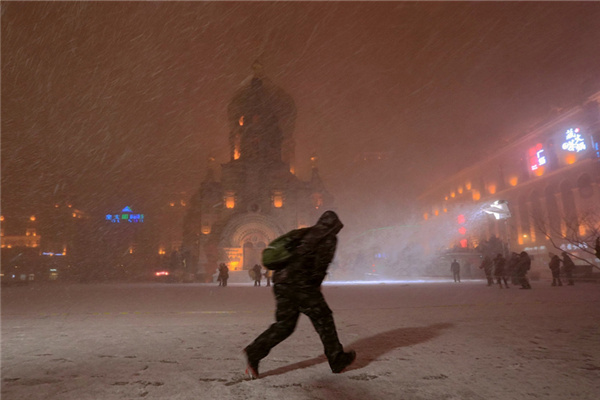

The combination of more delistings and fewer new listings has pinched the big US exchange operators, as the financial meltdown topples some of their clients and spooks others.
Midway through this year, more companies than in previous years had been bumped from the NASDAQ Stock Market and, to a lesser extent, from the New York Stock Exchange because they failed to meet the minimum requirements.
Meanwhile, tumbling stock markets have brought the IPO market to a crawl, compounding the pain for NASDAQ OMX Group, which derive up to 15 percent of their overall revenue from listing fees.
"It's a negative" for the exchanges, says Ed Ditmire, analyst at Fox-Pitt Kelton. "But it ebbs and flows with the economic cycle."
More NASDAQ-listed companies have been delisted for non-compliance so far this year than in either of the previous two years, according to NASDAQ data. Some 54 stocks were bumped as of August 7, compared to 48 in all of last year and 52 in 2006.
At larger rival NYSE, data show 11 companies had been delisted due to non-compliance as of July 1. That compares to 21 delistings in all of last year and 14 in 2006.
The bump comes as dry credit markets threaten the operations and liquidity of weaker stocks. Financial firms, in particular, have drawn more scrutiny from exchanges as some of them break standards that range from cash flow to investor interest.
"In the last 12 months or so, it's the companies under liquidity pressure and funding pressure that have led to non-compliance," says Glenn Tyranski, senior vice president of financial compliance at NYSE Regulation, which independently regulates the New York mart.
Victims of the crisis
The failure of former NYSE-listed mortgage lender IndyMac, which regulators seized last month, is the obvious example of a financial stock that fell below compliance.
Bear Stearns was also tripping alarms at NYSE before JPMorgan Chase & Co plucked it in a fire sale earlier this year.
NYSE will lose about $878,000 in annual revenue from IndyMac and Bear Stearns, according to the exchange's fee structure and SEC filings from the two banks.
Noreen Culhane, executive vice president of NYSE's Global Corporate Client Group, says the revenue impact from delistings "is quite manageable." NYSE had $4 billion in revenue last year.
NYSE has fewer but larger listings than NASDAQ, and has more stringent requirements. In general, NYSE-listed companies must maintain a market capitalization of more than $75 million, while NASDAQ-listed companies need $35 million.
This partly explains the recent spike in NASDAQ delistings: Smaller companies are usually more vulnerable in volatile times. But with its smallest clients paying only $27,500 a year in listing fees, NASDAQ was sanguine about the fallout.
"Listing fee revenues are recognized over a multi-year period which will even out changes, up or down, in listing activities," David Warren, NASDAQ's chief financial officer, says in an email.
Silver linings
The growing number of delistings has been hard to replace, for now, with the IPO market suffering its worst slowdown in five years.
There have been only 28 IPOs this year totaling $26 billion, according to Thomson Reuters data. That's about a quarter of the tally at this time last year, suggesting there is "a pent-up demand as the credit crisis plays out", says TABB Group analyst Andy Nybo.
"You're going to see an explosion in IPOs and new share issuances as the economic environment becomes more favorable," Nybo says.
Another silver lining in the current crisis is the penchant for companies to launch secondary share offerings in an effort to raise capital, meaning exchanges can collect more in listing fees.
Late last month, NYSE-listed investment bank Merrill Lynch & Co Inc said it would raise $8.5 billion in a new stock sale.
"Some of the largest companies in the world are doing a lot of substantial share offering while a lot of attrition in the listings is concentrated among smaller, weaker companies," says Fox-Pitt Kelton's Ditmire.
"It's natural that out of thousands of listings between the two of them (NASDAQ and NYSE), that not all are going to survive."
Agencies
(China Daily 09/01/2008 page11)













